Tobago Cays

Lochmarin
Mon 18 Mar 2013 15:27
12:37.908N 61:21.378W Goodness, no wonder the Tobago Cays are famous. They are a collection of small islands, sandy shoals and coral reefs, exciting to navigate into but stunningly beautiful and filled with fantastic wild life. You need to come in daylight as you need to spot the shallow areas by the change in water colour, threading your way between them to find the anchorages. 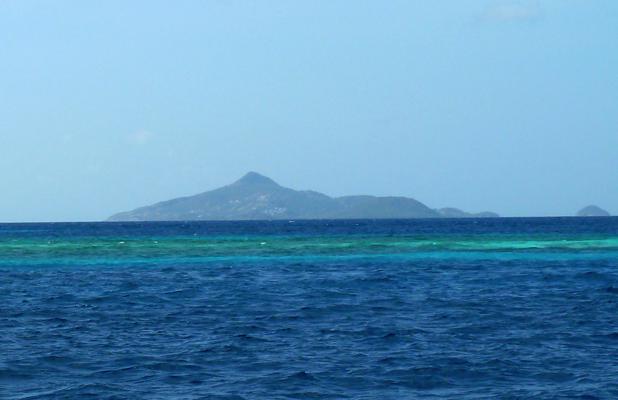 It's worth the tricky pilotage as we'd never seen such unspoilt islands, and such expanses of incredibly clear aquamarine water. The whole area is a nature conservation region, with anchoring only allowed on sand and mooring buoys provided for dinghies so you can snorkel on the reefs without anchors damaging them. As a consequence the wealth of wildlife is enchanting. We're the boat on the left in the picture below, with the flags at the top of the masts.   The islands have a wide range of cactus on them, as well as other shrubs and creepers, and are inhabited by dragons... well very large iguanas actually. I hadn't realised these guys climb trees, and they can move surprisingly fast when they want to. Including the tail these chaps were four or five feet long. 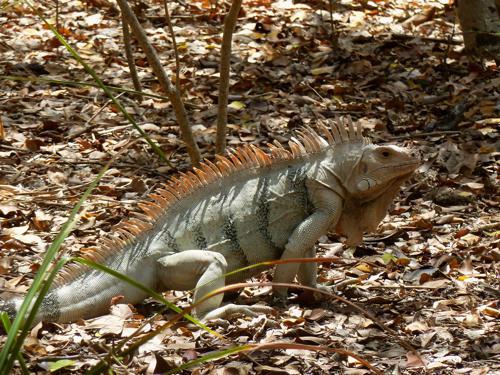 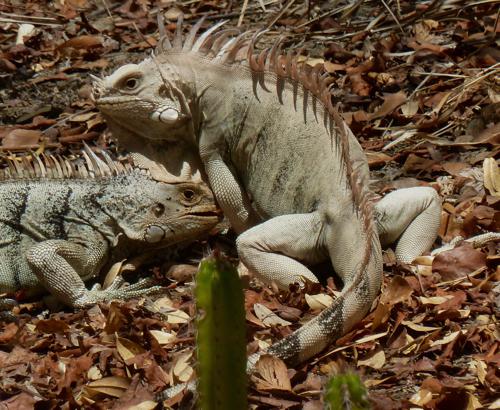 This version seemed to work in a browser window on macs: And this is a download, it played fine on VLC for us:  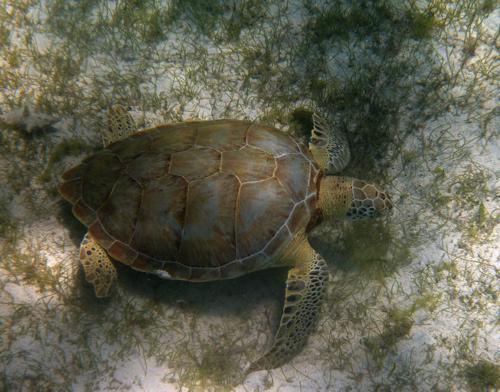 It's hard to describe how privileged one feels swimming with these creatures, being accepted as part of the scenery whilst they feed, interact with each other and make their regular trips to the surface for air. They are so very beautiful and elegant in the water. We went ashore to one of the small islands for a lunch time barbecue with 4 Dutch couples. A local lady provided and cooked the food - lobsters with rice, potatoes and vegetables. The palm trees provided perfect shade as we enjoyed each other's company and the good food.   We were joined by Iguanas and the inevitable black birds ("Bequia is Sweet! Sweet!) looking for scraps, but we also saw a tiny black humming bird visiting a flowering tree and a flock of chirping yellow breasted small birds came to pick up what rice they could find too.  The coral reefs were magical to snorkel. The main reef was hard work to stay over, with the waves surging in, but it was stunning seeing the sheer quantities of fish where the reef drops down to the deeper ocean floor, looking down from the surface at hundreds upon hundred of fish all intermingled. Every imaginable shape, colour and size, from big barracuda to tiny bright blue and yellow darting fish, through long thin trumpet fish (we thought they should be clarinet fish - they're too thin to be trumpets!) to dinner plate shaped silver fish rimmed in fluorescent blue. Further inside the reef it was easier going and the coral grew in big clumps, like underwater islands, and we would swim from one to the next. There was brain coral, stag-horn, sea fans along with the most fantastic sponges growing in pillars and barrels and overlapping layers, blues, purples, bright reds and oranges. The damsel fish were very protective of their particular little cleft, darting out at us to drive us away if we got too close. Shoals of grazing fish would travel over from a neighbouring coral 'island', safety in numbers, shifting and turning within the shoal but never bumping into one another. We saw puffer fish and even lion and scorpion fish, unwelcome strangers in that part of the world. We tried to take some pictures but had trouble with the bright sunlight coming down through the clear water - we couldn't read the digital display and thought the camera was on when it was off and vice versa. So we have great shots of us swimming between coral 'islands' and none of hundreds of fish swirling around us. This is a shot taken from the dinghy heading out to snorkel. The dark line is where the deep water meets the reef. Even after crossing the Atlantic it was hard to believe so much clear blue water exists in the world. 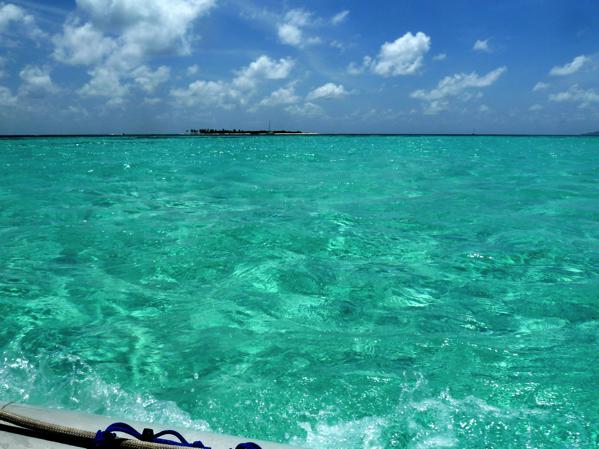 |